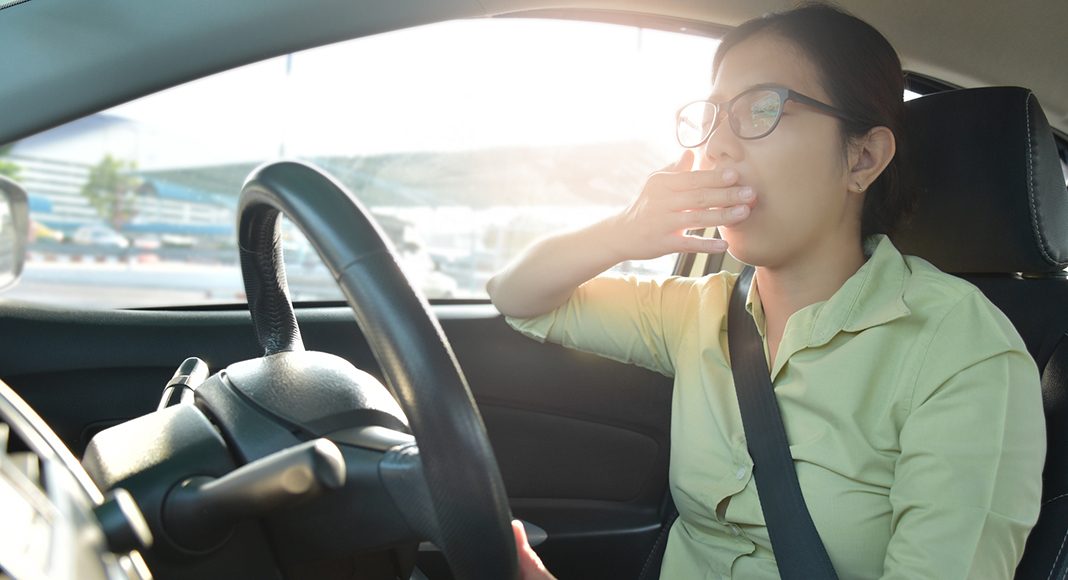The natural vibrations of cars make people sleepier, affecting concentration and alertness levels just 15 minutes after drivers get behind the wheel, according to new RMIT University research.
Chief Investigator Professor Stephen Robinson says the effects of physical vibration on drivers are not well understood, despite growing evidence that vibration contributes to feelings of sleepiness.
âWe know one in five Australians have fallen asleep at the wheel and we know that drowsy driving is a significant issue for road safety,â Robinson said. âWhen youâre tired, it doesnât take much to start nodding off and weâve found that the gentle vibrations made by car seats as you drive can lull your brain and body.â
The study shows that steady vibrations at low frequencies progressively induce sleepiness even among people who are well-rested and healthy.
âFrom 15 minutes of getting in the car, drowsiness has already begun to take hold. In half an hour, itâs making a significant impact on your ability to stay concentrated and alert,â said Robinson. âTo improve road safety, we hope that future car seat designs can build in features that disrupt this lulling effect and fight vibration-induced sleepiness.â
Associate Professor Mohammad Fard says more work is needed to build on the findings and examine how vibrations affected people across different demographics.
âWe want to study a larger cohort, particularly to investigate how age may affect someoneâs vulnerability to vibration-induced drowsiness as well as the impact of health problems such as sleep apnea,â he said. âOur research also suggests that vibrations at some frequencies may have the opposite effect and help keep people awake. So we also want to examine a wider range of frequencies, to inform car designs that could potentially harness those âgood vibrationsâ.â
The research paper, The Effects of Physical Vibration on Heart Rate Variability as a Measure of Drowsiness, is published in this monthâs Ergonomics journal.



















